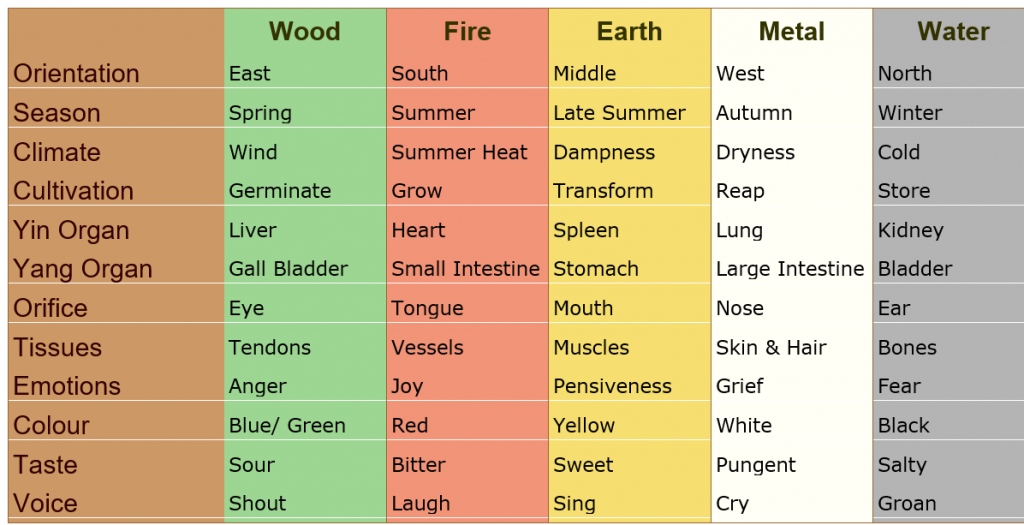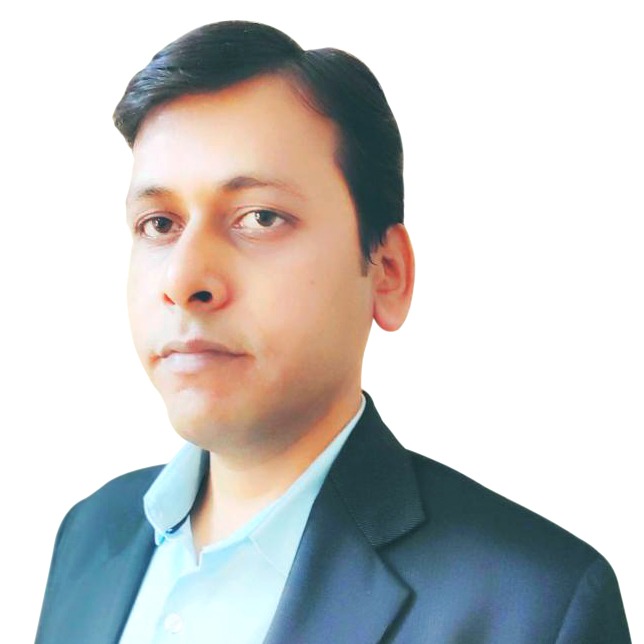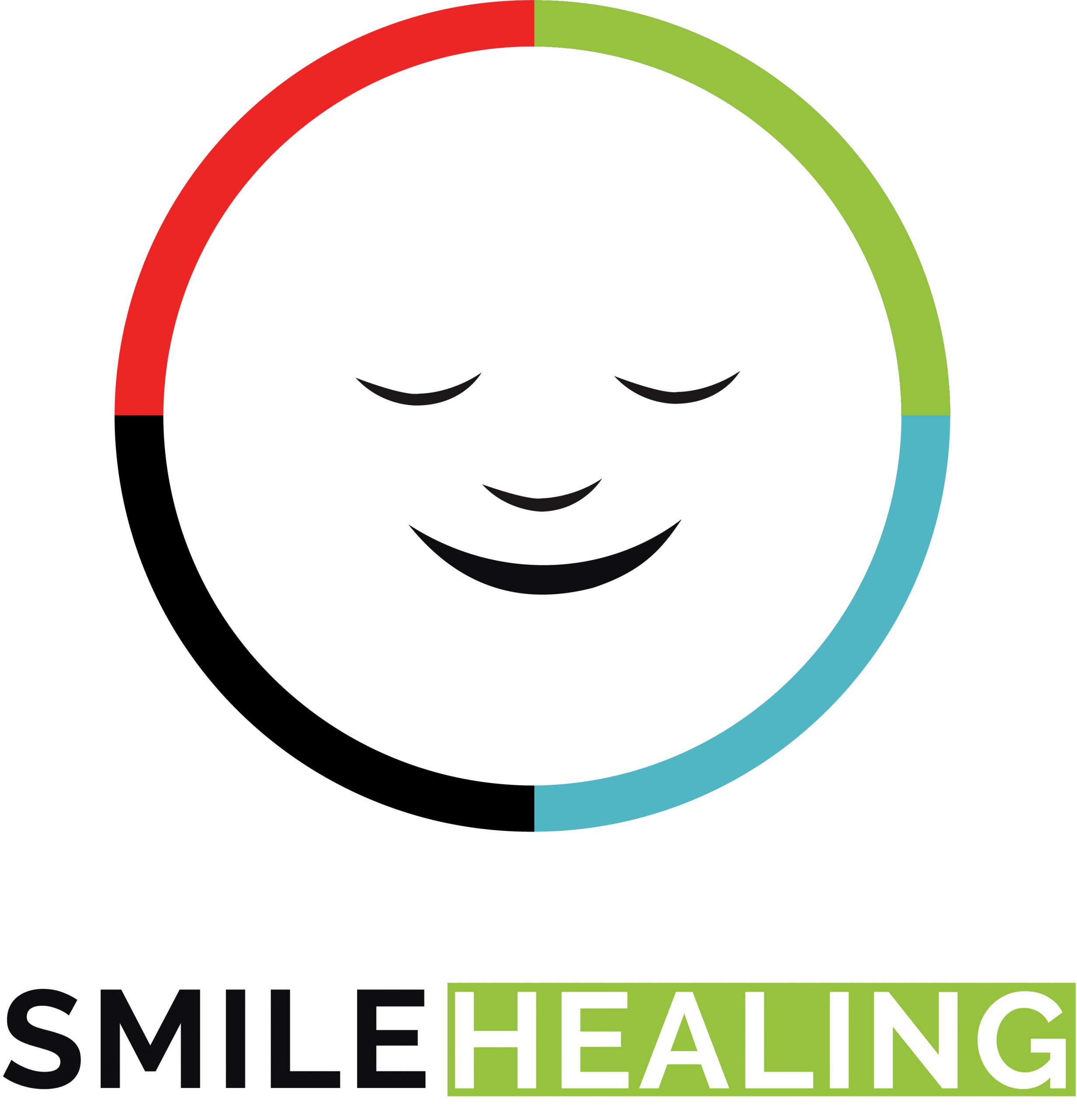Constitution
No knowledge is perfect unless it includes an understanding of the origin — that is, the beginning; and as all man’s diseases originate in his constitution it is necessary that his constitution should be known if we wish to know his disease.
Paracelsus
Constitution is defined as the structure, composition, physical make up or nature of a person, comprising inherited qualities and modified by the environment.
Analysis of body constitution has been in practice in most complementary and alternative systems of medicines.
Constitutional treatment refers to the treatment of a person as a whole, including past and present symptoms. When accurately implemented, constitutional treatment can elicit a profound healing response. Constitution treatment can be extremely effective in treating chronic and long-term health problems.
Ayurveda, Siddha, Homeopathy, Electro homeopathy, Iridology, Sasang constitution (Korean medicinal system), and Chinese medicinal system are well known branches of traditional knowledge, which intend to classify individuals based on body temperament by deciphering specific phenotypic characters for health management. In every traditional system of medicine, the choice of remedy is based on a consideration of the totality of an individual’s symptoms and circumstances, including personality, behaviours, fears, responses to the physical environment, food preferences and so on.
In most of the traditional system of medicines there are three different types of constitution.
Ayurveda its- Vata, Pitta, Kapha
Siddha- Vali, Azhal, Aiyam
Homeopathy- Psora, Sycotic, Syphilitic
Electro homeopathy- Lymphatic, Sanguine(Blood), Mixed(Bilious)
Iridology- Lymphatic, Hematogenic & Mixed
As per Dr. Von Grauvogle– endomorph, mesomorphic, and ectomorphic,
Sasang Constitution – its 4 types- tae-yang or greater yang, so-yang or lesser yang, tae-eum or greater yin and so-eum or lesser yin.
The concept of constitution is widely applied in the practice of traditional Chinese medicine (TCM). Constitutional consideration is an important process for clinical diagnosis and treatment, and it also lays the foundation for health promotion and disease prevention. This concept has been in China for thousands of years. It originated from the famous Chinese Medicine book, Huang Di Nei Jing. The body constitution concept states that every individual has his or her unique body, which reacts in a specific way to environmental influences. Therefore, an essential factor to prevent disease, influence health and balance your body.
As per this concept body constitution can vary from person to person, some are strong, some are weak, some tend to be heat, and some tend to be cold. Generally, the classification of body constitution is based on physical outlook, personality, common health problems, and adaptation to external environment
There is a certain traditional Chinese Medicine concept quite similar to the Homeopathic concept. One such concept is that advocates different remedies for the same disease and same remedy for different diseases. One main reason for this concept lies in the body constitution. Individuals may have the same disease, but their unique body constitution necessitates the use of different remedies that not only work with the symptom but also deal with the root cause, the imbalance in the body constitution. This is why you will see so much variation in Chinese Medicine herbal remedies to treat the same common illnesses, such as flu.
Ayurveda also describes a unique concept of constitution, genetically determined, categorising the population into several subgroups based on phenotypic characters like appearance, temperament and habits. The concept is claimed to be useful in predicting an individual’s susceptibility to a particular disease, prognosis of that illness and selection of therapy.
Ayurveda bases its theory on the existence of five elements – basic principles or building blocks, which are the basis of life of the whole universe (the macrocosm), as well as our body (the microcosm), and are known as the five great elements: space/ether (ākāśa); air/wind (vāyu); fire (tejas); water (jala); earth (pṛthvī).
Without them, life is not possible. Everything that exists occupies a space; wind is identified with the movement, ie. pulse – a basic feature of life; fire, heat or the sun are an indispensable prerequisites for life, like water and earth, also. The entire material universe; that surrounds us is made by combining these elements in different proportions.
Ayurvedic sages condensed these five principles into 3 constitutional types – doshas, which are called: vata (a combination of the elements of space and air); pitta (a combination of fire and water) and kapha (a combination of water and earth). These principles govern our entire physiology.

Five Elements Theory is a Chinese philosophy used to describe interactions and relationships between things. The five elements — wood, fire, earth, metal, and water — are believed to be the fundamental elements of everything in the universe between which interactions occur.
Based on observations of the natural world, ancient Chinese people recognized continuous patterns of transformation and change in the universe. Initially, these observations were interpreted using yin yang logic, but later these interpretations were expanded using a new theory called the five elements.
The five elements theory evolved from the study of various processes, functions, and phenomena of nature. The theory asserts substances can be divided into one of five basic elements: wood, fire, water, metal and earth, which contain their own specific characteristics and properties.

The Origin of the Five Elements Theory
The yin yang theory has a close relationship with the five elements theory. They are often used simultaneously to explain natural phenomena. Ancient Chinese medical philosophers integrated the yin yang and five elements theories into their medical practices . As integration of these theories took place, a more formalized system of medicine was established. Today we refer to this medical system as Traditional Chinese Medicine (TCM).
The Five Elements and their Relationships with Nature and the Body
The five elements correspond to different aspects of the natural world and the body. Wood, for example, corresponds to spring and wind in the natural world and to the liver, gallbladder, eyes and tendons in the body. (See Table for a summary of these relationships.)

Prof Park Jae Woo has developed Six Ki constitution treatment in Sujok Therapy. He has developed Six Ki theory based on five elements. Why did he move from five element theory to Six Ki? We will discuss this topic in our next blog.
Smile Thanks .

Dr. Ajay Singh
Specialist in Functional Medicine &
Sujok Therapy
B.P.T.,P.G.D.H.H.,F.L.S.M, C.A.Y.N



Clear explanation
Very clearly explained. Some point it would be good if you can also connect the Ayurvedic 5 elements with the Chinese 5 elements.